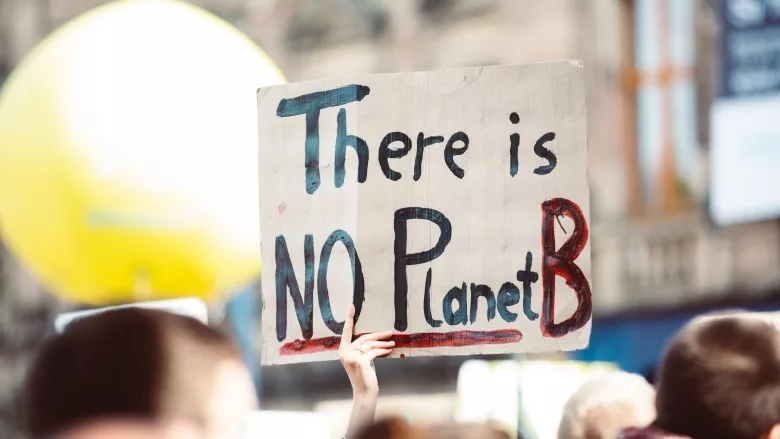Assessing & reporting climate risk is critical for enterprise security

Image via Unsplash
There is increasing evidence that climate change is influencing the frequency of severe weather events. Not only is it wreaking havoc on human safety and infrastructure, but it also has a significant economic impact.
According to Climate Central, the frequency of billion-dollar weather disasters is now about one event every 18 days, compared to 82 days between such disasters in the 1980s. This rise in frequency — and intensity — has companies, municipalities, regulators and government agencies looking at new ways now to prepare and mitigate the risks of our future climate.
Communicating risk to stakeholders
In today’s environment, where extreme weather is becoming increasingly common, publicly traded and large privately-held companies are being asked to do more to inform their stakeholders regarding risk. Often, that responsibility falls to enterprise security leaders. Determining the company’s individual risk threshold and threats is critical to maintaining compliant and secure as severe weather threats increase. Government agencies, regulators and stakeholders want to be informed of climate risks to the business as part of the overall health — and resiliency — of a company.
Reporting climate risk impact
One climate change reporting mechanism that is gaining momentum is climate risk disclosure. Many countries already require this new level of financial transparency, and several others are considering some level of accountability. The United States Securities and Exchange Commission currently asks companies to voluntarily report climate risk to the agency, as well as include the subject in the company’s annual report, but lawmakers have also proposed a bill to make climate risk disclosure mandatory for publicly traded companies.
There are two major types of climate risks that any disclosure activity should cover. Transition risks are tied directly to greenhouse emissions, including both a company’s direct and indirect greenhouse emissions. It also includes the total amount of fossil-fuel related assets and the impact on valuation from climate change policy and legislation. These transition risks are where companies have historically focused any reporting efforts.
Physical risks are the second part of climate disclosure and include extreme weather events, sea level rise and changes in climate patterns. These risks can be more challenging for companies to report. They are important to consider, as new data shows that extreme weather events linked to increasing average global temperatures represent the biggest physical risks for S&P 500 companies. Today, nearly 60% of these companies have at least one asset at high risk of physical climate change impacts.
Not assessing climate change-related physical risks is dangerous for business continuity and becomes an economic liability if not addressed. Forward-thinking businesses should create operational and strategic plans to manage those risks. Communicating across agencies and with industry experts is key to managing this expanding threat landscape. Working with meteorologists and regional stakeholders can help security leaders assess climate risk to their organizations.
When the weather threats become imminent, businesses can react with documented action plans and tabletop exercises. These plans should account not only for structural and safety risks, but also any impact on operational and financial decisions, supply chain disruption and distribution, capital allocation and potentially future regulations.
Creating climate resiliency
With climate change having such an impact on public health and creating environmental risks, some organizations are incorporating weather analytics into their daily operations. Whether it’s for a public or private entity, climate change has forced organizations to prepare to operate in a different environment 10 or 20 years from now. Security leaders must focus on bridging the gap between planning and preparing for the future while assessing and reporting climate-related weather risks to stakeholders and taking action for immediate weather impacts today.
Looking for a reprint of this article?
From high-res PDFs to custom plaques, order your copy today!




.webp?height=200&t=1670387394&width=200)

